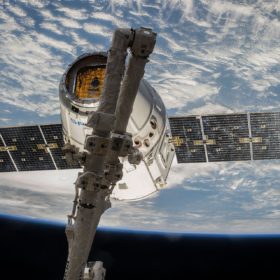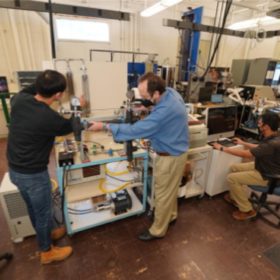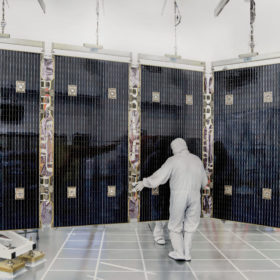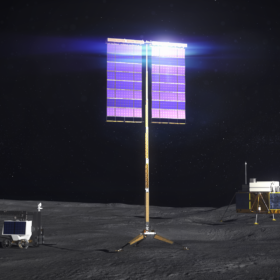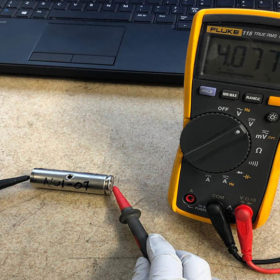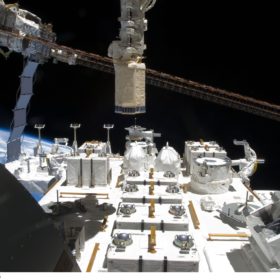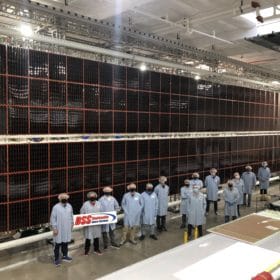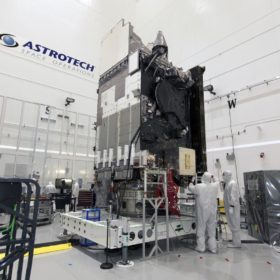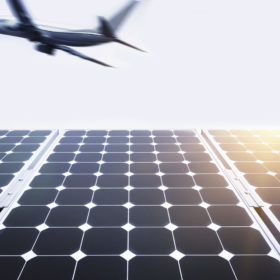Airbus taps Australian researchers to develop high-efficiency solar cells for space
Researchers from the University of New South Wales have been chosen to work with Airbus Defence and Space on a strategic research program to fast-track the development of high-efficiency solar cells for space applications.
Uninterrupted PV generation without storage
An Israeli scientist has proposed a way to achieve uninterrupted PV power on the moon without using energy storage. The proposal involves the installation of PV panels around a 360-degree latitudinal ring close to one of the moon’s poles. There would be no inter-array shading, and static vertical PV arrays and arrays mounted on single-axis vertical trackers could be viable mounting structures.
The mobility rEVolution: NASA’s cooling tech could shorten EV charging times
US researchers have unveiled a new way to speed up EV charging, while researchers in China have created a three-dimensional composite lithium anode to improve battery safety and efficiency.
NASA telescope deploys solar array
NASA sent the world’s most powerful telescope into space on Dec. 25. It deployed and powered a related PV array 30 minutes after launch.
NASA developing 10 kW movable PV array for moon mission
NASA plans to place a solar array on a tall mast to avoid lunar shading and capture uninterrupted light. It will hang a pair of PV cell blankets from a horizontal cross arm supported by the mast, anchored to a deployable tripod base.
Polymer current collectors could prevent battery fires
A team of NREL researchers has proposed a new approach to fix lithium-ion batteries’ fire problem. The answer may lie in temperature-sensitive current collectors.
Solid-state batteries in space
Japanese scientists are about to launch solid-state batteries into space.
Boeing brings more PV power to NASA International Space Station
Six new arrays with a combined capacity of 120 kW will be installed on the International Space Station starting from this year. The panels will be brought to the station with the SpaceX Dragon cargo spacecraft during three resupply missions. The installation of each solar array will require two spacewalks.
A closer look at clouds to optimize energy forecasts
A group of scientists in the United States has developed a weather forecasting model designed to better predict the solar irradiation that a given area will receive. The model uses satellite data to estimate the light transmission properties of clouds, a metric often overlooked in standard weather forecasting, but nonetheless vital in modeling PV energy yield.
The sky’s the limit: How solar and storage can set a post-Covid-19 example
The airline industry has been among the hardest hit by the Covid-19 pandemic; carriers are in ‘freefall’ as Glen Peters, research director at the Center for International Climate and Environment Research in Oslo recently wrote, with governments mulling stimulus packages for airline bailouts. How we react to the coronavirus outbreak is crucial for society as a whole and the solar and energy storage industries can lead the charge in rewriting the status quo.
